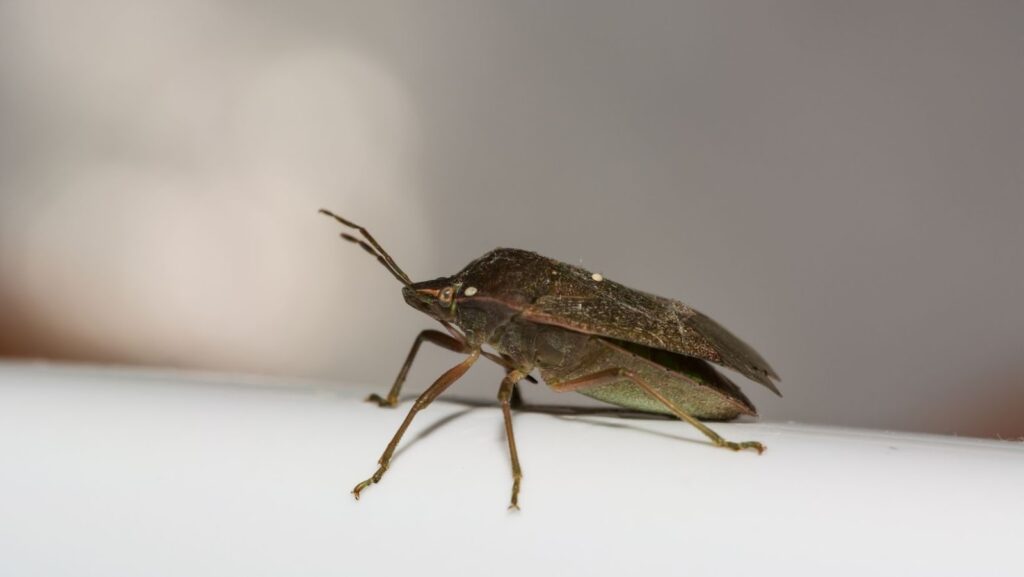
Bedbugs are small, flat, wingless insects with six legs that, like mosquitoes, feed on blood from animals or people. They range in size from 1mm to 7mm and can live for several months without a meal. Bedbugs are experts at hiding and can be very difficult to get rid of once they’ve infested a home or hotel. They can sometimes be picked up from public places, such as libraries and parks, and brought back to the home.
There are a few different types of bedbugs, including common household bedbugs, tropical bedbugs, and bat bugs. These species vary in their feeding habits and preferred hosts; however, all of them are blood-sucking pests that can cause itchy, red welts on their victims. Bedbugs are most active at night, and they feed by piercing the skin of their sleeping victims with an elongated beak through which they withdraw blood. Although they prefer human blood, bedbugs will feed on the blood of other animals if necessary.
how fast do bed bugs move
There is no definitive answer to this question, as bed bugs are known to move at different rates depending on a number of factors. Some factors that may affect their movement speed include the temperature and humidity levels in their environment, as well as the age and health status of the individual bed bug. Additionally, bed bugs may move faster or slower depending on whether they are looking for a mate or searching for food. Generally speaking, however, bed bugs are known to be relatively slow-moving insects.
How do you know if you have bed bugs and what should you do if you do find them in your home?
The first step is to identify the signs and symptoms of a bed bug infestation. These can include finding small, brownish-red stains on your sheets or mattress, as well as tiny black specks in your bedding. You may also notice small, red bumps on your skin that are similar to mosquito bites. If you suspect you have a bed bug infestation in your home, you should immediately seek out the services of a professional pest control company. These experts will be able to inspect your home and recommend the best course of treatment for getting rid of these pests for good.
There are a few different strategies for preventing and controlling a bed bug infestation, including regular cleaning, inspecting all used furniture before bringing it into the home, and using insecticides or other pest control products as needed.
How can you prevent bed bug infestations from happening in the first place?
One of the best strategies for preventing bed bug infestations is to regularly clean your home and belongings. This can involve vacuuming and washing all surfaces in your home, especially those where bed bugs might hide, such as mattresses, furniture, carpets, and curtains. Additionally, you should thoroughly inspect any used furniture that you plan to bring into your home, such as secondhand mattresses, couches, and chairs.
What are some tips for getting rid of bed bugs if they have already taken up residence in your home?
If you have already discovered bed bugs in your home, it is important to take immediate action to get rid of them. This can involve a combination of cleaning, vacuuming, and using insecticides or other pest control products. Additionally, you may need to contact a professional pest control company for assistance with getting rid of these pests.
It is also important to work quickly, as bed bugs can spread and reproduce very quickly if left untreated. With the right tools and strategies, however, you should be able to successfully control a bed bug infestation in your home.












